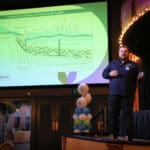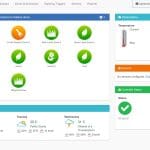
When monitoring your client’s water usage on their property, are you going by gut feelings and guesstimates or do you have hard data to help drive your adjustment to their irrigation system?
Justin White, owner of K&D Landscaping, Inc., based in Watsonville, California, compares not utilizing data-driven water management to if you had a credit card but weren’t able to access your monthly statements.
“How do you know you have enough money in there to cover it?” White says. “How do you manage your spending and your budgets? We have data around electricity bills and utility bills and everything else. We have data around our water usage, but we rarely have data around our irrigation usage in terms of how we’re managing each zone, each controller, and each part of a property.”
Peter Estournes, principal of Gardenworks, Inc., based in Healdsburg, California, adds you cannot manage what is not measured.
“Water/flow meters allow that measurement to be documented, which can then be used for comparisons and analytics including managing landscapes to a water budget,” Estournes says.
Benefits of Data-Driven Water Management
White says often they are educating clients on the value of data-driven water management versus having customer request it. However, clients do reach out looking for ways to lower their water bill when it doubles suddenly.
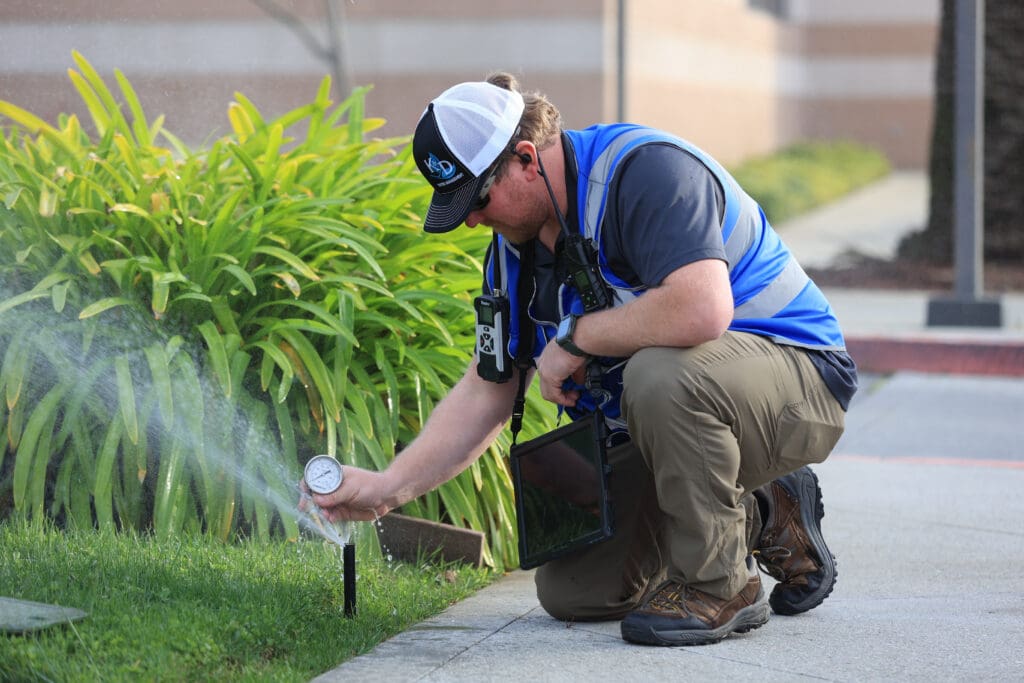
Estournes says water management is part of their philosophy and part of all their services.
“We do occasionally get requests for that direct service, typically for properties on wells with limited recharge rates and customers concerned for the environment,” Estournes says. “Our landscape management contract specifically states that we will manage the customer’s landscape to a water budget.”
While the savings will vary greatly depending on the property, White says, on average, they’re reducing 30 to 50 percent of their clients’ water use.
“It’s not uncommon for us to cut water use in half once we understand the data behind the water use,” White says.
Estournes says they’re not as focused on water savings as making sure they are providing the correct amount of water a landscape needs.
“This may reduce the amount of water or increase the amount of water depending upon the property’s historic use versus its landscape water use budget,” Estournes says. “We have run analytics on some properties using historic local water provider data then compared that to a general water budget we would recommend – and while we do not usually use a gallon comparison, rather money saved – which for one commercial property was over $5,000 a year.”
Creating a Water Budget
Estournes says they begin with a not-to-exceed amount or a maximum applied water allowance which used the evapotranspiration rate (ET), type of landscape (plant factor), square footage of the softscape and a conversion number (0.62) to get from inches per time period to gallons per time period. He says the ET rate can be found daily, weekly, monthly and annually, which can be applied to obtain a daily, weekly, monthly or annual water budget.
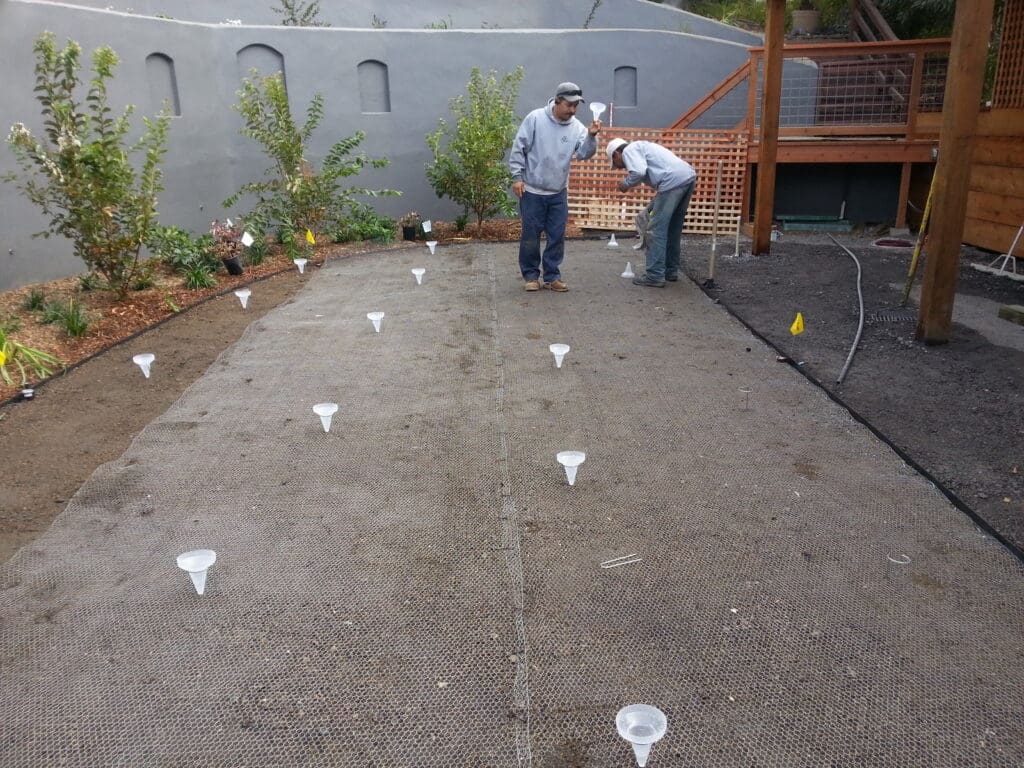
The formula looks like this: (Reference Evapotranspiration Rate) X (Plant Adjustment Factor) X (Landscape Area) X 0.62 = gallons per time frame or (ETo x PF x LA x 0.62 )= gallons per time period)
White says they build their water budget by knowing the total square footage of the irrigated areas, the square footage of each plant type, in regards to their water use, the application rate and the ET factor. They typically access the ET rate on different websites based on the zip code, but you can also utilize weather stations that integrate with the controllers on site.
“If we know how much we’re losing, we can calculate how much to put back and then we can calculate how many minutes we need to run based on how quickly the sprinklers deliver that water,” White says. “Once you have those four components, you can create a pretty good water budget.”
White says other wildcards you need to take into account include sun exposure and soil type.
Monitoring a Water Budget
Estournes says once a water meter reading is taken, they can see if they’re on track or need to adjust by comparing it to the water budget for a given time span. They typically work month to month with a yearly check-in. He says they review the landscape’s appearance during their routine walkthroughs and if they notice an anomaly in meter readings, they will conduct a site visit for an improper reading or potential issue.
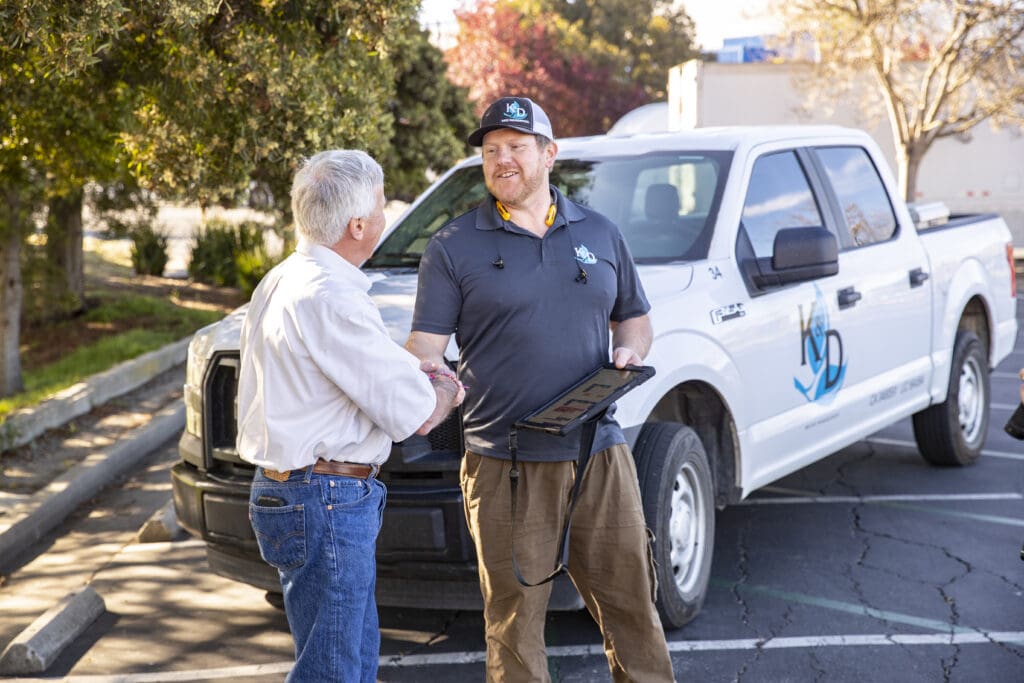
“We track landscaped water using a spreadsheet of water meter readings our crew takes with every site visit, then run a comparison using the CLCA water budget engine,” Estournes says. “We can spot-check this regularly, then adjust irrigation controllers accordingly.”
White says it tends to take them a season to get a water budget dialed in.
“There’s an art to it just like anything else,” White says. “It’s a matter of balancing horticultural health with the water usage available and so our water managers will continuously monitor and adjust the irrigation throughout the season. I think it takes a full season really to dial in a site so you can understand how things change as the weather changes, and you can make those adjustments. That’s why our premier water management service, we offer weekly visits in perpetuity because we want to make sure our water manager is going on site to visibly look at things.”
While on site, K&D’s water managers look for issues like leaks, overwatering or underwatering. White says the key to water budgets is to review regularly how much water they planned to be used for that month versus what was actually used.
“If you can get data in regards to your flow per zone, like how many gallons per minute, you can just monitor that and if the zone’s normally 10 gallons a minute and then all sudden you see on Tuesday it’s 20 gallons a minute, and you probably have an emitter that’s blowing out or you have another leak,” White says.
On average, White says they’ll manually adjust the irrigation schedule once a month. There are other times in the year where they may need to adjust it two to three times a month. If they can convince the client to invest in a high-end controller, the controller is also making daily adjustments based on weather station data.
Likewise, Estournes says they’re typically making monthly adjustments. Their marketplace also allows them to turn off their controllers from November to March or April.
“This allows us a bank account for water use for the year because our water budgets are set for annual usage,” Estournes says.
Advice for Others
While data can be helpful in informing the best way to care for a property, it can be misleading at times. Estournes says that pool fill valves on the irrigation mainline can be challenging as they have a habit of sticking on.
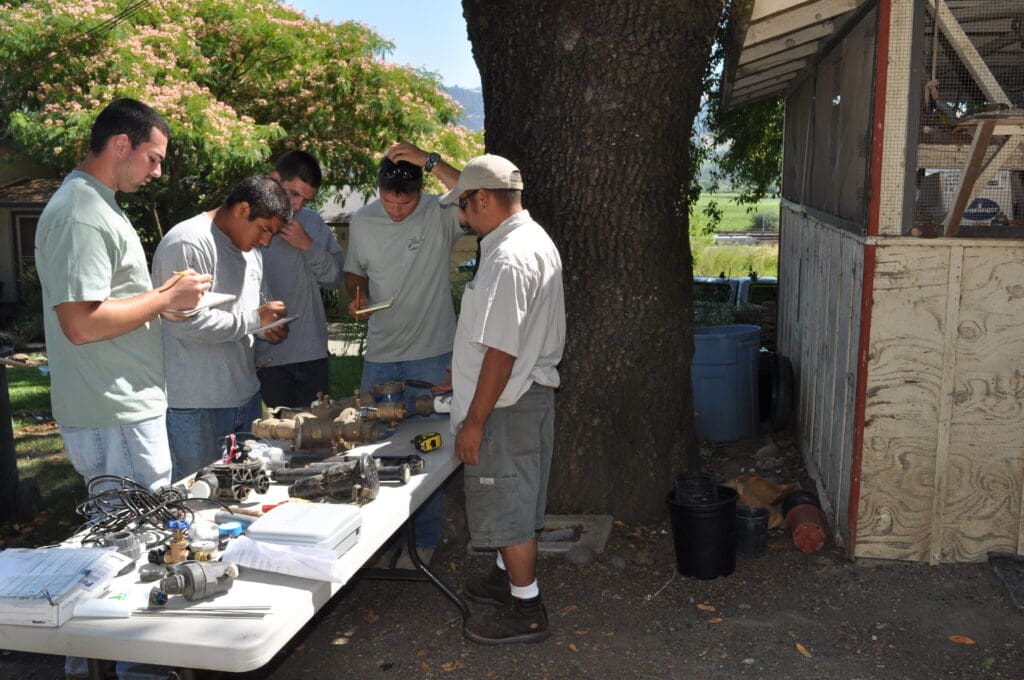
White says if a hose bib is connected to the irrigation system and the facilities manager is using the hose to wash out their paint equipment at the end of the day, it can appear they’re using more water than expected. Cross connections between buildings can also result in some unreliable data.
Other challenges include dealing with microclimates and different ages of irrigation systems on a property. Some older systems are harder to see water savings.
“Both of those have to be balanced and it can get quite complicated for a technician who’s trying to figure everything out,” White says. “A lot of math has to go on behind the scenes.”
White says when switching to data-driven water management, you need to have someone in your company focused on technology who is able to research what’s available so you can continue to give your clients the newest and greatest technology the industry has to offer. He adds as your company leans into technology more, make sure you are training your team as well so they feel comfortable operating it.
“In my experience, that’s an area I see that is lacking the most is where the technology gets implemented, and the company is pushing forward, but the technicians in the field don’t understand how to use that technology,” White says. “It ends up going to waste. We take over a lot of sites where we found that this $5,000 controller and all the features had been disabled because they didn’t know how to work them. Now it just turns a very expensive on/off switch.”
Estournes says managing landscapes via water budgets is an effort that starts at the leadership level and works its way down.
“If ownership/management is not engaged at a high level – it is difficult for field employees to see the importance,” Estournes says. “It took Gardenworks Inc., about 5 years to be fully invested and that included my business partner and myself assisting in the creation of CLCA’s Water Management Certification Program and the Sonoma Marin Saving Water Partnership’s Qualified Water Efficient Landscaper Program.”


